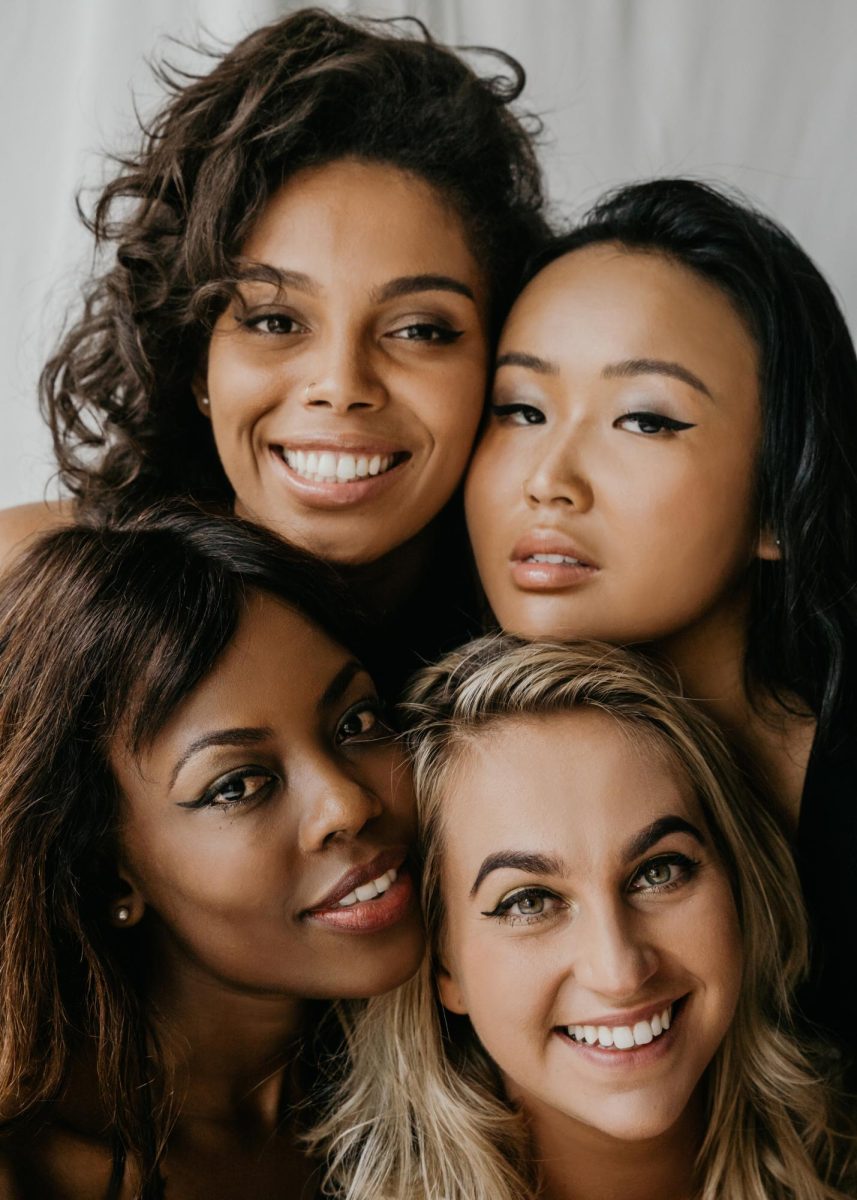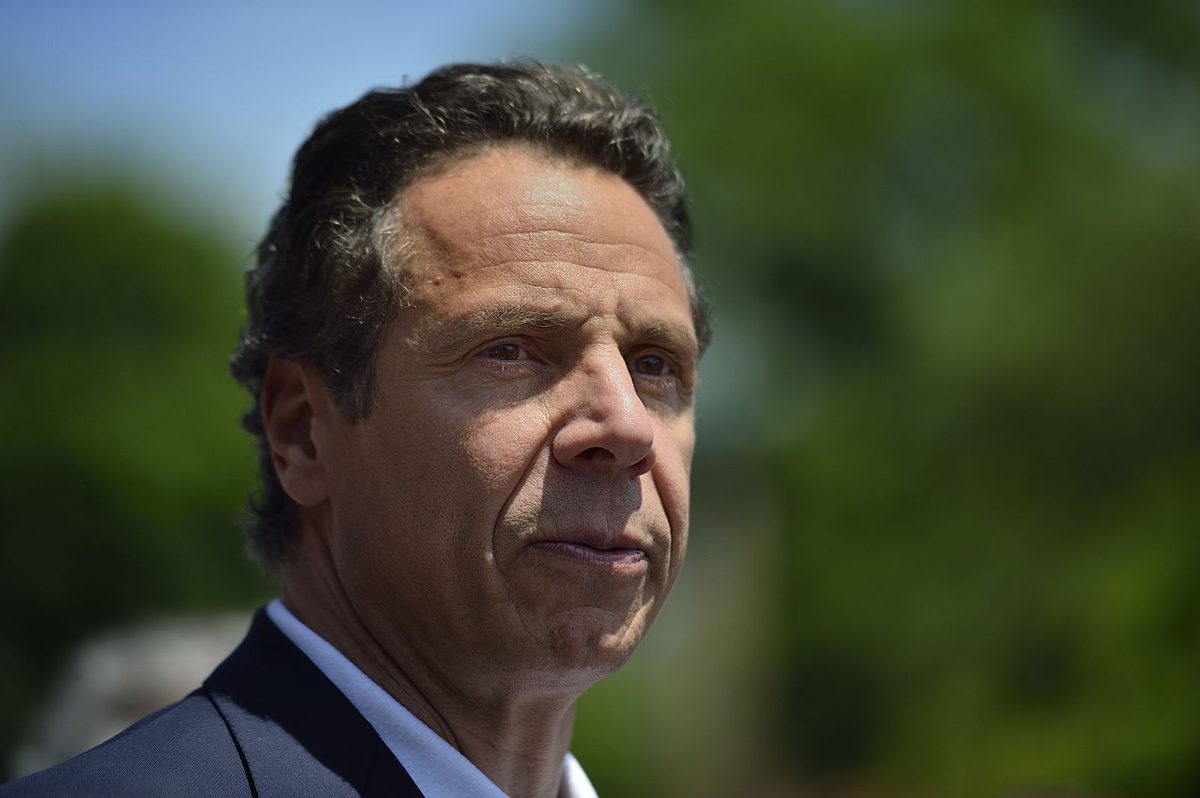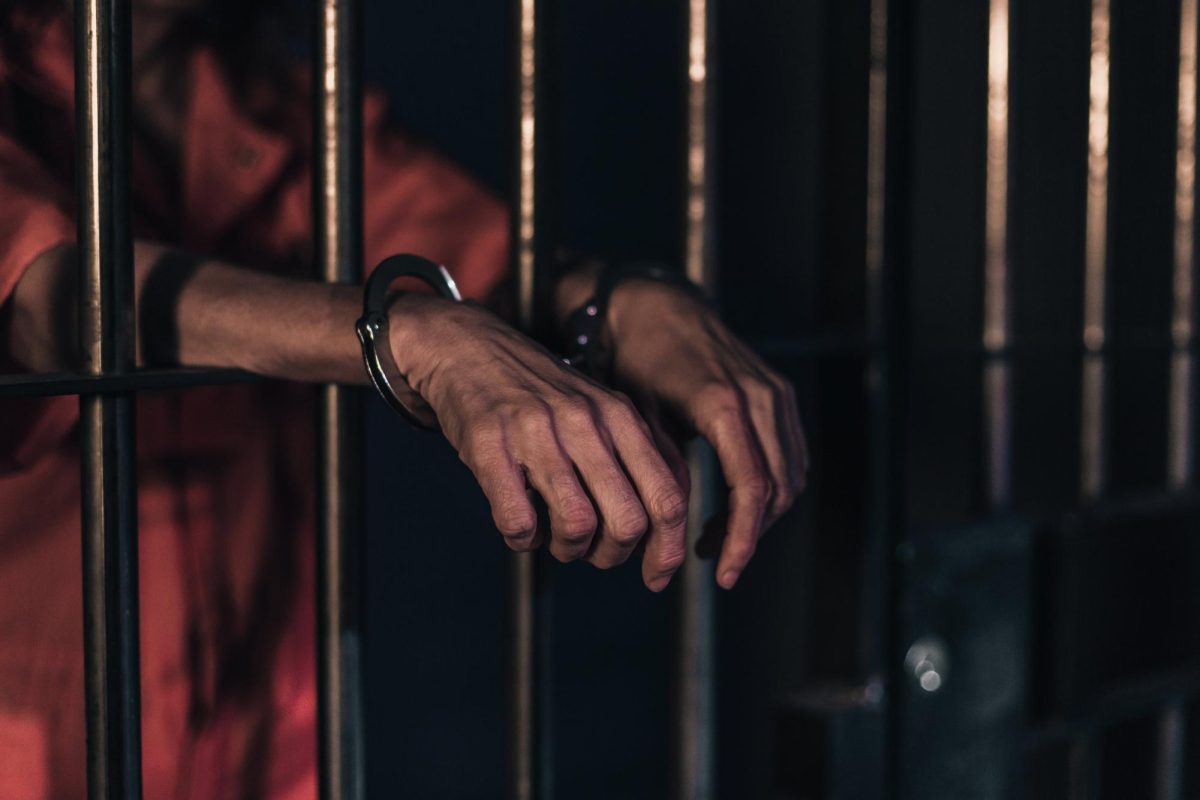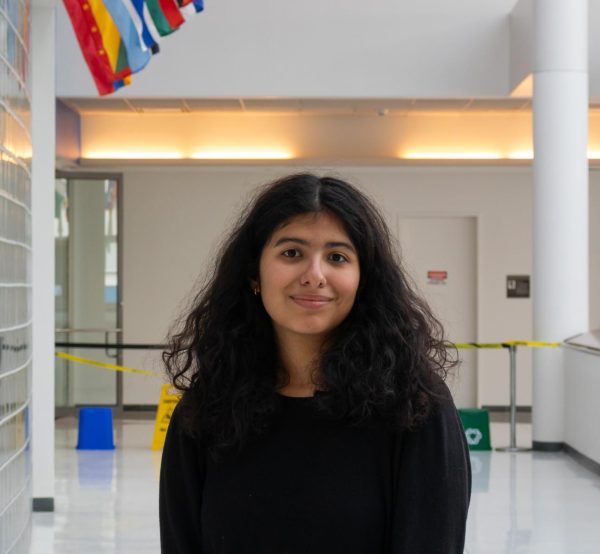From Nicki Minaj’s “Super Bass” to Ice Spice’s “Munch (Feelin’ You),” female rappers have recently been dominating the charts of the predominantly male hip-hop industry. The progress should be celebrated, but it is important to inspect why some artists receive more reception than others.
The rise of new acts such as Sexyy Red, Sukihana and GloRilla suggest that listeners and music executives alike are warming up to female rappers taking up more of the spotlight.
While it can be argued these artists’ music expresses women’s experiences and sexuality on their own terms, there is no denying that female rappers are objectified. Hits such as Sexyy Red’s “Pound Town” and GloRilla’s “Lick or Sum” both deal with hypersexual themes and imagery.
Although artists like Babyxsosa and Flyana Boss, who don’t fit this mold, receive some mainstream attention, their platform isn’t as massive, compared to that of an artist like Ice Spice.
The music industry must reexamine its standards and highlight a diverse variety of female voices in rap.
To understand this phenomenon, it’s essential to revisit hip-hop’s early history. The hyperfeminine and hypersexual archetype wasn’t always celebrated.
Throughout the 80s and early 90s, women such as MC Lyte and Da Brat had to adopt a masculine persona to gain attention and respect. They had to prove that they were just as ‘hard’ and worthy as their male peers.
By the mid-90s, this was no longer the case. Rappers Lil’ Kim and Foxy Brown rejected masculine posturing in favor of high heels and bright wigs.
Lil’ Kim’s 1996 debut album “Hard Core” was revolutionary since it depicted a woman bluntly expressing her sexuality and femininity. This was especially important since Black women are often masculinized and having to prove their womanhood.
However, today’s female rappers continue to flaunt their sexual prowess and weaponize their femininity to skyrocket to fame and success.
While there isn’t anything inherently wrong with including these themes, it starts to become questionable and unrealistic when these are the only archetypes presented in mainstream music. The rap industry has only presented two models of female rappers: the hardened tomboy and the materialistic harlot.
This binary is extremely limiting and oppressive.
Female rappers are not obligated to follow respectability politics or censor themselves, but they should question the messages they are sending out to listeners.
When every chart topper is about using men and asserting one’s desirability, it implies this is the only way to receive attention in the rap industry, let alone in the real world. Although there is nothing wrong with sex positivity, it is necessary to recognize when it starts to morph into mindless eroticism.
The oversaturation of sexualized rappers isn’t due to a lack of diverse voices.
Rappers such as Little Simz, Noname and Hook, offer unique lyrics and expressions of womanhood. Their YouTube views demonstrate that these musicians have a sizable and interested audience, yet labels continue to ignore these galvanizing and innovative artists.
Additionally, off-kilter and not-so-obscene shouldn’t be limited to alternative circles. Artists who don’t adhere to the tomboy-harlot binary deserve to have a larger outreach and mainstream listeners should have access to a variety of music.
Some female rappers are well aware of the gender performance they must put on to thrive in the industry. In an interview with The New York Times, Flo Milli pointed out how women rappers must put in more effort into their appearances and performances to compete with male rappers.
“We gotta spend way more bread, put way more energy into our performance, hire dancers, just put a lot more into everything than they do,” Milli said.
For the hip-hop industry, standard flexing and lyricism isn’t enough. Women rappers are implicitly told to adorn and objectify themselves to attract the same attention a male rapper receives with less effort.
One can argue that this isn’t a problem exclusive to female rappers. Hip-hop has a history of being labeled as hypersexual and materialistic.
Most mainstream male rappers are also guilty of relying on raunchy lyricism, though they’re typically not expected to sexualize themselves. Male rappers tend to focus on the symbolic power and status associated with sex, rather than their desirability.
Whether it is a gender issue, culture issue or a combination of both, the hip-hop industry must change its limiting standards on female self-expression. Music executives should aim to show a more diverse portrait of womanhood, instead of relying on the same hyperfeminine and hypersexual script it’s been recycling for the past 30 years.









